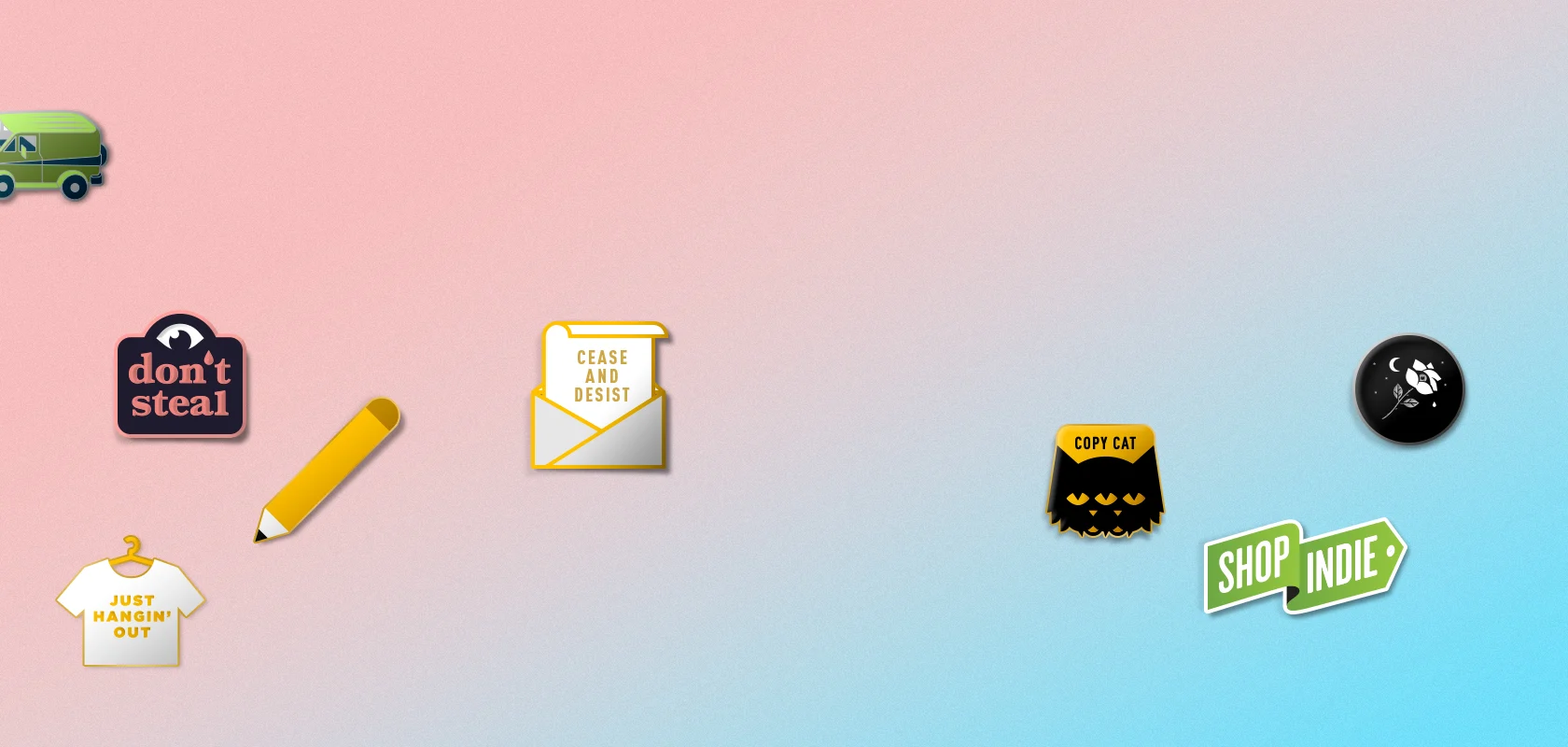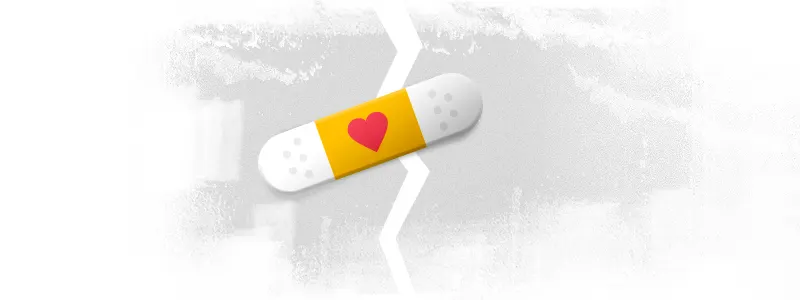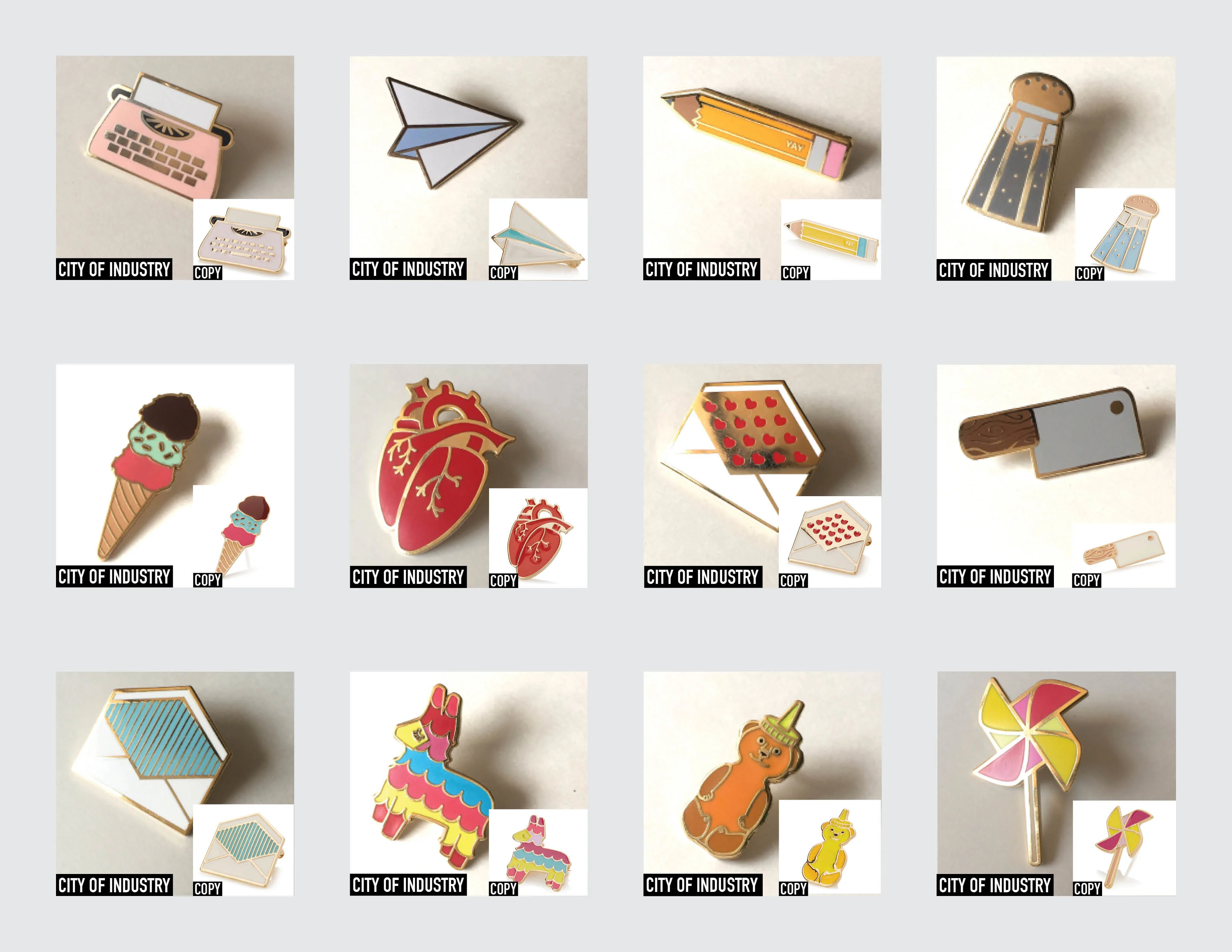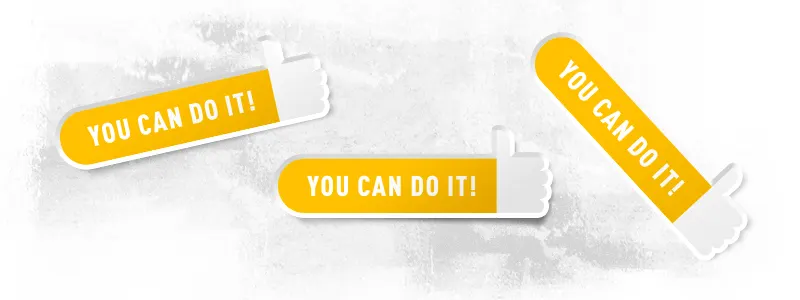Dealing With Design Theft
- 19 May 2017
- BySarah Anderson
- 7 mins. read

Not long ago, I was the victim of design theft. A dozen of my products were copied without my knowledge and sold without my permission to chain stores.
I started City of Industry in 2013, spending late nights and busy weekends (and plenty of my own money in the early days) to design new products, build my social media following, and work hard for sales. And in one fell swoop, someone quickly turned my work into their own profit. I felt heartbroken and violated, but the ordeal helped me find the ability to speak up for myself and, more importantly, find a wonderfully supportive artistic community.
A little background: Because individual designers and makers like myself have a relatively small audience, it's becoming an increasingly common practice for manufacturers (especially overseas, where it's more difficult to enforce copyright ownership) to steal designs, phrases, and production methods and then pass them off as original artwork to the big box stores they sell to. BuzzFeed recently reported on small businesses who started seeing their designs being sold on Alibaba and other import sites. It's unlikely that the original designers will ever find the fakes, and even if they do, the manufacturers are difficult to track down online. It's a bummer way to do business, but it's happening.

The first reaction
When a customer sent me a photo of what looked like my pins on a chain store's hangtag, I felt sick to my stomach. Then I got to work. I took screenshots, saved links, and combed their site for as much information as I could find. Adam J. Kurtz is no stranger to theft (he's the brains behind Shop Art Theft), and he suggested I create a comparison image. It's an efficient way to demonstrate to lawyers, press, and people less familiar with your brand that this was no accident.
Social media is the greatest tool for independent designers, and is a great weapon in the fight against fakes. The biggest threat I posed to the big store is that I'd make enough noise online to tarnish their reputation and impact their sales. So I didn't use my loudest voice, but I did post something on my personal Twitter account. That one tweet got a handful of supportive responses and retweets, and I heard from the store's VP within a few days. It was a promising start.

If you ever find yourself in my position, I'd recommend that you hold off on the call-out tweets and understandably angry hashtags until your attorney has tried to settle with the company peacefully. Ideally they respond promptly, stop selling the products right away, and pay you a fair licensing fee or settlement. But if the social media damage has already been done, they may be less cooperative. Waiting to speak out isn't a sign of weakness, it gives them an opportunity (within a limited time frame) to make things right.
Making my mark
In the following weeks, I learned a lot about design ownership. The good news is that I'd been doing a few things right. From the very beginning, I'd printed my company name on all of my products. I figured this way people could come back for more, after they'd discarded the packaging. But having products branded like this also strengthens your case with design theft. The manufacturer can't say "well we couldn't figure out who made it, so we made our own version."
So if you're creating something of your own, make it undoubtedly yours. Print custom sewn-in tags for your t-shirts. Stamp the bottom of each pottery bowl with your logo. Make your work recognizable, and make it easier to spot fakes.
Settling but not giving up
For legal reasons, I can't go in to the details of how my story resolved. But I can say: if this happens to you, stand up for yourself. If it hasn't happened yet, you're in a great spot. I've got my fingers crossed that your products are purchased legally, at a fair price, by all the best people and stores. But you should still consider registering a few copyrights, so you have the full force of the legal system on your side.
A registered copyright is undeniable proof that, starting on a specific date, that work is yours. I'd recommend starting with your most popular (i.e. most profitable and therefore most likely to be stolen) items and the designs that are the most original, or that you'll likely use on a variety of products.
Don't have a registered copyright? You still own any original work you've created. Don't have an attorney? Ask friends for recommendations and look for lawyers who specialize in small businesses. Think that the fight ends when that one brand stops selling your stolen work? Unfortunately, that might not be the case.
Fighting back
A short time after finding these stolen designs, I heard from illustrator Susie Gharemani, who keeps making great work, no matter how many copyright-infringing products pop up. She's a great advocate for combating design theft, and really motivated me with her blog post on the topic. She told me to keep an eye on import and discount marketplace sites, which have historically been unmonitored corners of the internet where stolen designs are rampant. As much as I sometimes think "I'd rather not know," I keep in mind that these products dilute my brand recognition and undermine the quality of my items.
For more perspective read Topher McCulloch's story about his journey from creating the original "But first, coffee," products to losing control of the phrase: But first, copyright.
And when you're ready to start fighting back against stolen images and products, Artistic License has great crowd-sourced instructions for removing stolen images or products from a variety of websites.

Bite-sized pieces
When you're a small business owner, every setback feels personal. I talk tough, but I don't want to spend each day filing takedown notices and accusing companies of theft. So I schedule an hour here and there when I can focus, and then I close the browser window and do something I enjoy, like spending time with my nieces, sitting on my porch, or breaking out the hot glue gun. We each have reasons why we got into this game, and it's important to not lose sight of them. For me, it's the joy of making stuff.
_Sarah Anderson is on Big Cartel's Community team, and runs her shop, City of Industry, in her free time. Learn more about protecting your work in our Introduction to Copyright.
19 May 2017
Words by:Sarah Anderson
Tags
- Share